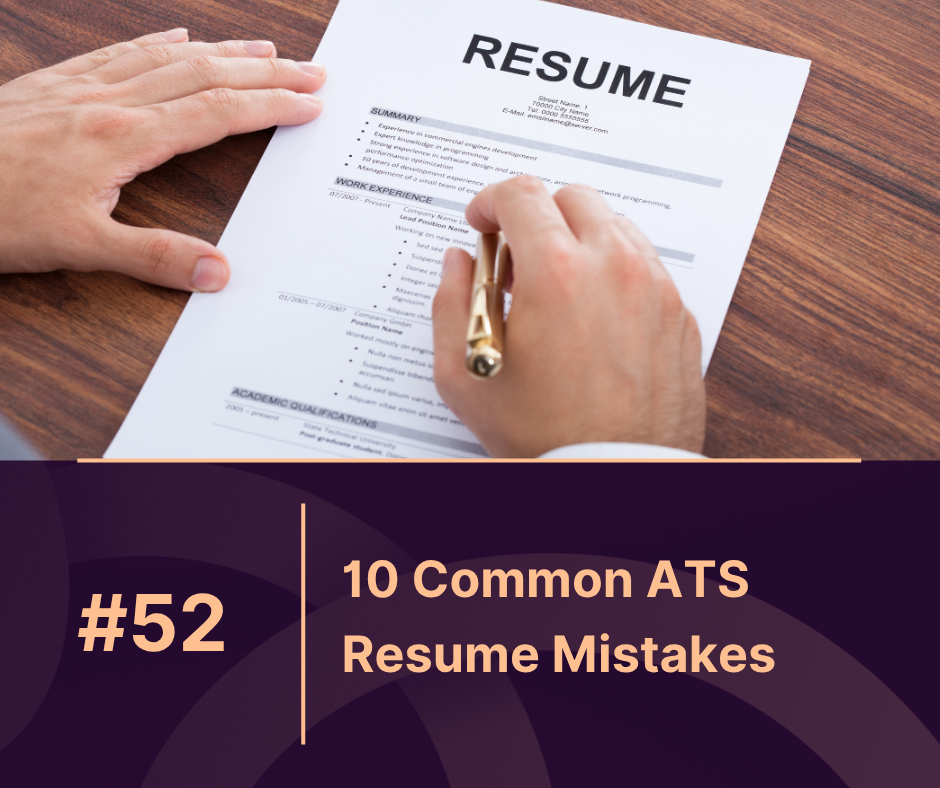Overview
Resume formatting frustration is one of the most common struggles job seekers face in 2025. With evolving ATS (Applicant Tracking System) rules, recruiter preferences, and design trends, many candidates unknowingly create resumes that hurt their chances. This article will guide you through five actionable tips to eliminate resume formatting frustration, boost your confidence, and help your application stand out.
Why Resume Formatting Frustration Still Exists in 2025
Despite numerous tools and templates available online, resume formatting frustration is on the rise. A poorly formatted resume can:
-
Fail ATS scans
-
Confuse hiring managers
-
Misrepresent your professionalism
According to a 2025 career report by ResumeLab, 72% of resumes are rejected due to bad formatting, not lack of qualifications. This is why addressing resume formatting frustration is more critical than ever.
Common Resume Formatting Mistakes in 2025
| Mistake | Percentage of Job Seekers Affected | Impact |
|---|---|---|
| Inconsistent font & spacing | 45% | Reduces readability |
| Wrong file type (e.g., .jpg or .png) | 38% | Fails ATS scans |
| Overuse of design elements | 33% | Confuses recruiters |
| No clear section headings | 50% | Makes resume hard to skim |
| Using outdated formats | 60% | Seen as unprofessional |
1. Stick to Clean, Minimalist Design
The first step to overcoming resume formatting frustration is choosing a clean, minimalist design. Avoid decorative fonts, colors, or fancy graphics. Use standard fonts like Calibri, Arial, or Times New Roman in 11-12pt size.
Pro Tip: Use 1-inch margins and consistent spacing throughout. Recruiters only spend 6-8 seconds scanning a resume, so clarity is key.
2. Use ATS-Friendly Templates
One of the biggest contributors to resume formatting frustration is when your resume doesn’t pass ATS filters. Use templates that:
-
Avoid tables, columns, and text boxes
-
Are saved in .docx or .PDF (text-based)
-
Include clearly labeled sections like “Experience,” “Education,” “Skills”
Tip: Try tools like MaxProfile.io or JobScan to check if your resume passes ATS standards.
3. Align All Content Properly
Resume formatting frustration often comes from messy alignment. Ensure:
-
All dates are aligned to the right
-
Job titles are bold and listed above the company name
-
Bullet points are used consistently under each role
Formatting rule: Keep everything left-aligned except contact info, which can be centered.
4. Keep Section Order Strategic
Don’t just throw your experiences onto a page—structure matters. The ideal order for most industries in 2025 is:
-
Contact Information
-
Summary or Objective
-
Work Experience
-
Skills
-
Education
-
Certifications (if applicable)
Resume formatting frustration peaks when candidates list irrelevant or outdated sections first. Keep the most important details top-loaded.
5. Use Online Tools to Audit Your Resume
With AI advancing fast, many tools now solve resume formatting frustration instantly. Platforms like:
-
MaxProfile.io (for modern, recruiter-tested templates)
-
Canva Resume Builder (design-focused but clean)
-
Zety & Resume.io (step-by-step guided formatting)
These tools are ideal for reviewing font choices, spacing, and structure.
Conclusion
Resume formatting frustration is real—but entirely avoidable in 2025. By sticking to clean designs, using ATS-friendly templates, aligning content properly, structuring sections logically, and leveraging smart tools, you can ensure your resume doesn’t get rejected before being read.
Let MaxProfile.io do the formatting for you—stress-free, professional, and recruiter-approved.
FAQs
Q1: What’s the best file format to avoid resume formatting frustration?
A: Save your resume as a .PDF (text-based) or .docx to ensure ATS compatibility.
Q2: Why does my resume look different on other devices?
A: Resume formatting frustration can occur due to non-embedded fonts or incompatible design tools. Stick to universally supported fonts and test your resume on different devices.
Q3: Should I use resume templates from Word or Canva?
A: Word templates are generally ATS-friendly. Canva designs are visually appealing but must be stripped down for ATS compliance.
Q4: How often should I update my resume format?
A: At least once a year or whenever applying to a new role. Trends and ATS algorithms evolve quickly.
Q5: Does formatting really affect hiring decisions?
A: Absolutely. Hiring managers spend only 7 seconds on average per resume. Poor formatting leads to instant rejection in most cases.



